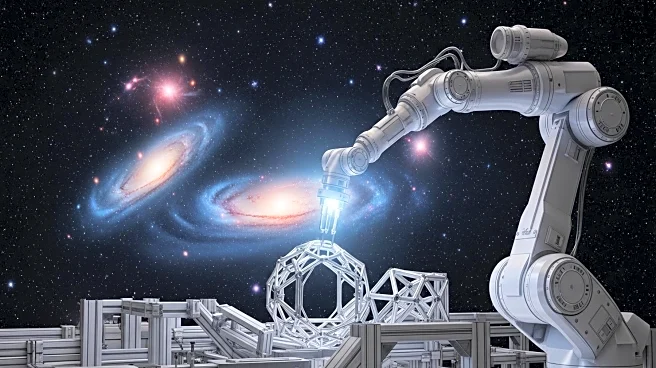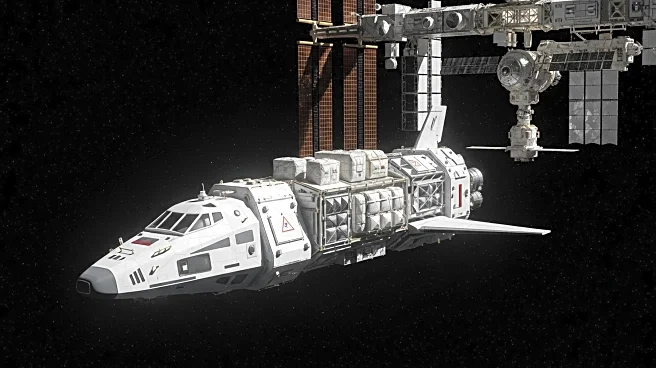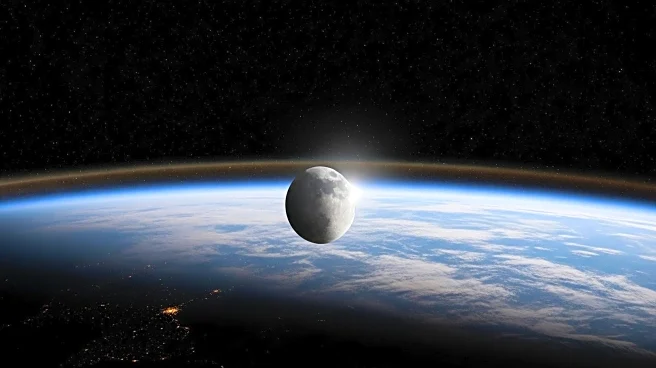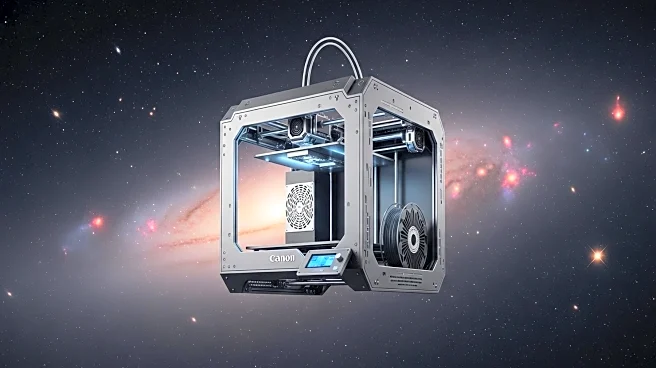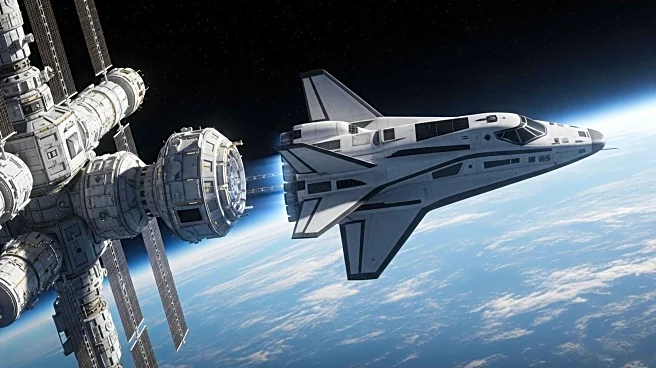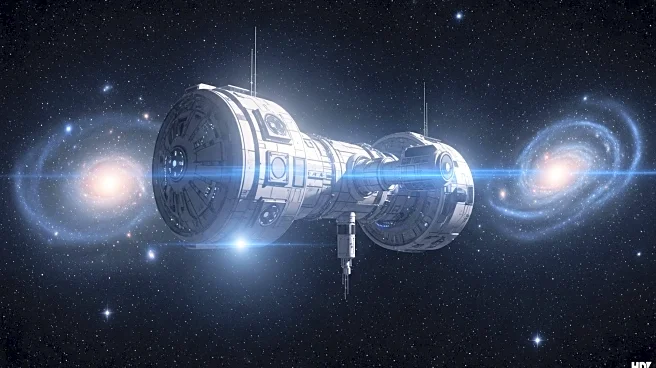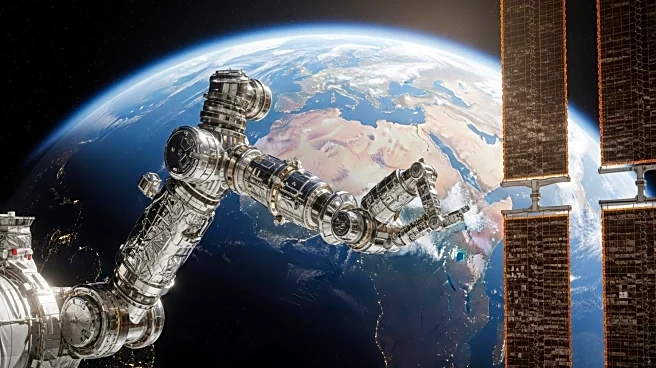What's Happening?
Rendezvous Robotics, a startup based in Golden, Colorado, has raised $3 million in a pre-seed funding round to commercialize a technology developed at MIT for creating large structures in orbit. The technology, known as Tessellated Electromagnetic Space Structures for the Exploration of Reconfigurable, Adaptive Environments (TESSERAE), involves tiles that can self-assemble and reconfigure themselves. The funding round was led by Aurelia Foundry and 8090 Industries, with participation from other funds and angel investors. The company plans to test the latest version of TESSERAE on the International Space Station in early 2026, with a set of 32 tiles assembling into an enclosed structure. The technology aims to provide scalable solutions for missions requiring large antenna apertures and solar arrays.
Why It's Important?
The development of self-assembling space structures represents a significant advancement in space technology, potentially revolutionizing how large structures are built in orbit. This technology could lead to more efficient and cost-effective construction of space habitats, communication arrays, and remote sensing equipment. The ability to scale structures linearly with size, rather than exponentially, could reduce costs and complexity, making it attractive to both commercial and national security sectors. Successful demonstration of TESSERAE could open new opportunities for space exploration and commercialization, impacting industries reliant on space-based infrastructure.
What's Next?
Rendezvous Robotics plans to conduct further tests of the TESSERAE technology on the International Space Station and in space environments. The company aims to expand its engineering team and prepare for a seed funding round to support these efforts. As the technology is demonstrated successfully, interest from commercial and national security customers is expected to grow, potentially leading to partnerships and contracts for deploying large-scale space structures.
